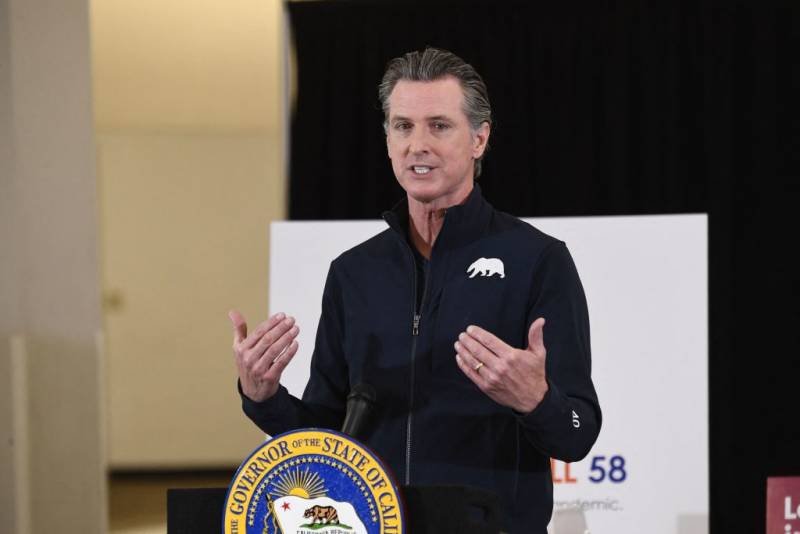Amid plummeting COVID-19 case rates and a major spike in vaccinations, California plans to lift most coronavirus restrictions on businesses and workplaces by June 15, Gov. Gavin Newsom announced Tuesday.
“We can confidently say by June 15 that we can start to open up business as as usual, subject to ongoing mask-wearing and ongoing vigilance,” Newsom said during a press conference at the City College of San Francisco Ocean Campus vaccination site. “So this is a big day.”
But for that reopening plan to happen, he said, the vaccine supply has to be sufficient to accommodate everyone 16 and older who wants one, and hospitalization rates statewide must remain stable and low.
Officials, however, did not explain how they would assess those benchmarks or what would constitute a good trajectory. Both Newsom and Health and Human Services Secretary Dr. Mark Ghaly struggled at times Tuesday to explain the changes without adding caveats.
Under the new plan, businesses will be able to open with “common-sense risk-reduction measures” such as wearing masks and encouraging vaccinations, Ghaly said. Most capacity limits for businesses and recreational activities will be lifted, although larger indoor events, such as conventions, will be allowed only with testing or vaccination verification requirements, he added.

